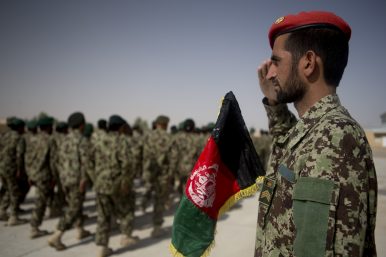By JEFF SCHOGOL
Defense Secretary James Mattis has resigned amid President Donald Trump’s decision to withdraw all U.S. troops from Syria and media reports the president is considering a massive drawdown in Afghanistan as well.
His last day leading the Defense Department will be on Feb. 28.
Here is his Dec. 20 resignation letter:
Dear Mr. President,
I have been privileged to serve as our country’s 26th Secretary of Defense which has allowed me to serve alongside our men and women of the Department in defense of our citizens and our ideals.
I am proud of the progress that has been made over the past two years on some of the key goals articulated in our National Defense Strategy: putting the Department on a more sound budgetary footing, improving readiness and lethality in our forces, and reforming the Department’s business practices for greater performance. Our troops continue to provide the capabilities needed to prevail in conflict and sustain strong U.S. global influence.












